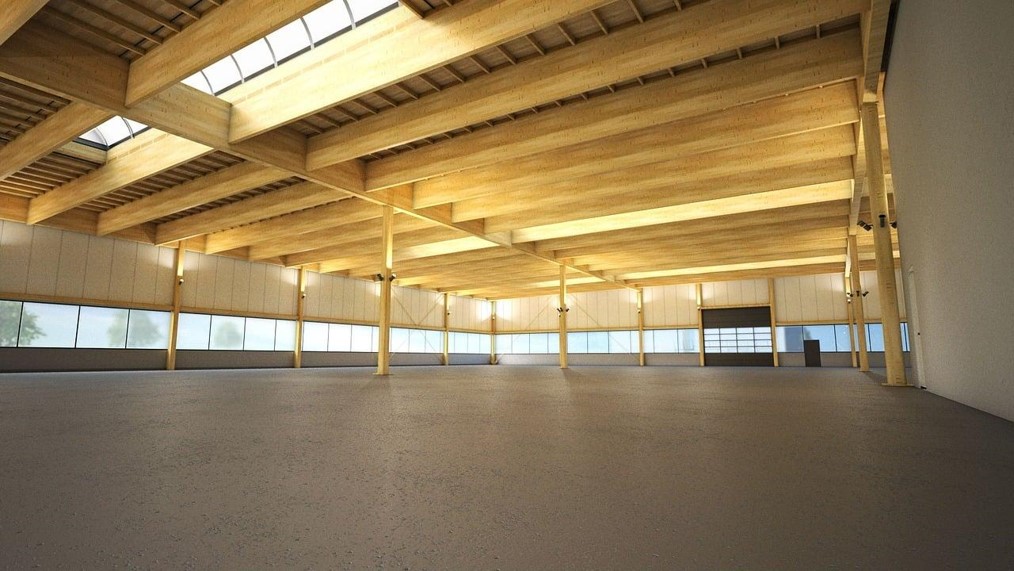

MakMax Plus
Tents required for soil improvement work │ Proper understanding of their types and situations of use
2020.09.09
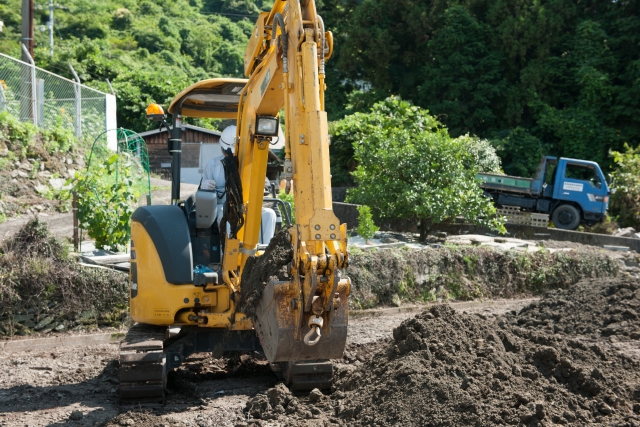
Improvement work on contaminated soil requires a variety of equipment, depending on the contaminants to be handled and the method to be used. One of the largest and most legally required pieces of equipment is the soil improvement tent.
This article will introduce the types of tents available for remediation of contaminated soil and the situations in which they can be used, broken down by case. Please use the information in this article to help you determine what tents exist and which are appropriate for various soil remediation sites.
Table of Contents
1 What is remediation work for contaminated soil?
2 Soil remediation methods and cases where tents are required
2-1 Hot Soil Method
2-2 In-situ Biotechnology Method
2-3 Excavation removal method
2-4 Other cases requiring a tent
3 Introduction of Tents and Temporary Roofs for Soil Improvement Works│Taiyo Kogyo’s Extensive Lineup
3-1 Shatterproof Tents
3-2 Tents for Preventing the Spread of Dust Containing Hazardous Substances
3-3 Telescopic Tents
3-4 New Telescopic Temporary Tents
3-5 Fixed Tents
4 Conclusion
What is remediation of contaminated soil?
First, contaminated soil refers to soil (soil) that contains certain hazardous substances such as heavy metals, organic solvents, pesticides, and oil in excess of standard values. The reference value here refers to the degree of adverse effects on the human body and living organisms. Direct ingestion of soil or drinking groundwater seeping from the soil, etc., may pose a risk of harm to health and the environment.
Both human-caused and naturally occurring, the target soil may be subjected to remediation work to address this harm.
The Soil Contamination Countermeasures Law was enacted in 2003 (with major revisions in 2010) to establish standards and methods for dealing with contaminated soil. The law is aimed at understanding the situation of soil contamination and preventing human health hazards caused by soil contamination, and it clarifies the criteria for land where the obligation to investigate soil contamination arises, and specifies the specific hazardous substances to be covered and the standard values that cause harm, and the improvement work of contaminated soil according to the contents of this law It is necessary to
In addition, since appropriate treatment is required according to the contaminants contained in the soil, each contaminant has its own “special measures law. For example, “PCB (polychlorinated biphenyl) Special Measures Law” and “Dioxin Special Measures Law” are examples. Because there are various rules depending on the nature of the improvement work and the type of contaminated materials, depending on the nature of the response, there are cases in which the work may require the use of tents in the course of the work.
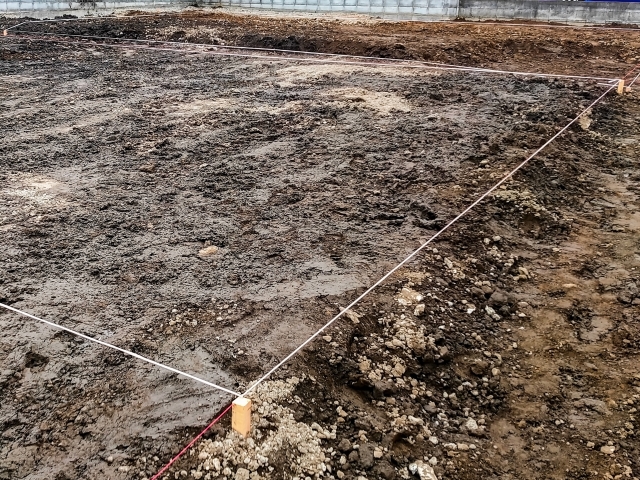
Soil remediation construction methods and cases where tents are required.
There are several types of soil remediation methods, and the appropriate method must be used according to the contaminants handled and site conditions. In addition, for each construction method, a tent may or may not be required. The following is a summary of the types of construction methods and whether or not a tent is required.
Hot Soil Method
Heat is generated when quicklime and other materials are mixed with soil contaminated with VOCs (volatile organochlorine compounds). The hot soil method uses the reaction heat to volatilize and separate the contaminants and collect them by adsorption with activated carbon. This method requires a tent when performed in-situ.
In-situ biotechnology
In-situ bioremediation is a method of purifying VOCs and oil that can be decomposed in-situ without excavating contaminated soil by activating decomposing microorganisms with nutrient salts and highly concentrated oxygenated water using a simple chemical injection system. Tents are not required for this method.
excavation and removal method
The “excavation and removal method” is a method in which contaminated soil is directly excavated, removed, and carried out to an intermediate treatment plant outside the site. With regard to this method of construction, care must be taken because the need for tents varies depending on the type of contaminant and must be confirmed by consulting with a specialist.
Other cases requiring a tent
Tents are necessary in cases where excavation removal methods are used for VOC-contaminated soil, and tents are used for rain protection and dust control. In addition, as a rule, negative pressure must be controlled in the remediation of contaminated soil containing the following contaminants, so a tent with a front room equipped with this function is required.
- mercury
- PCB
- dioxin
- POPs
In the case of other heavy metals, tents must be used when it is necessary to take measures to protect the neighborhood.
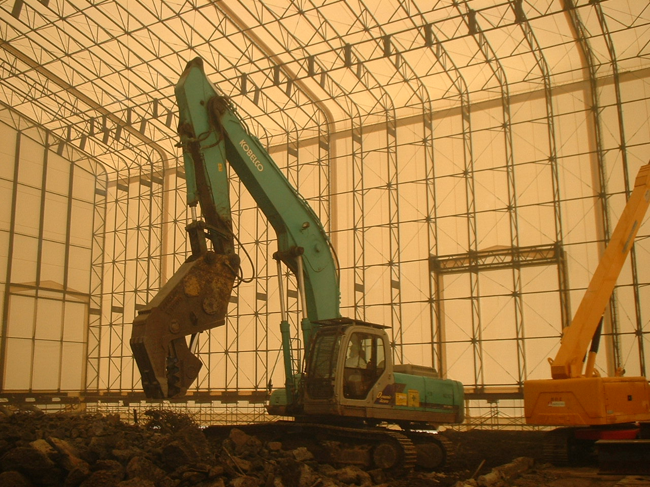
Introduction of Tents and Temporary Roofs for Soil Improvement Works│Taiyo Kogyo's Extensive Lineup
Next, we will introduce the types of tents for different uses and occasions of use. The following is an explanation of the types of tents available, using the products of Taiyo Kogyo Corporation, a company with high quality and an extensive lineup of tents, as an example. Please use this information as a reference to determine which type of tent will suit the actual site.
Shatterproof Tent
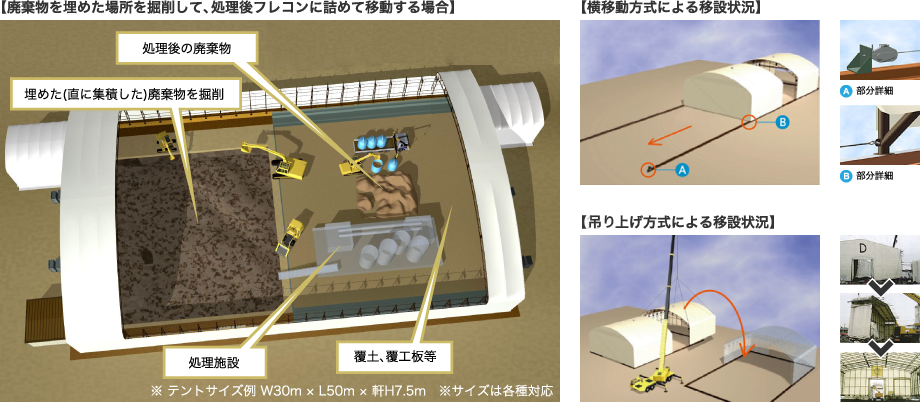
Anti-scattering tents are used to prevent contaminants contained in soil from scattering into the surrounding area as a result of construction. Taiyo Kogyo’s scattering-prevention tents can be moved smoothly according to the work area and progress at the site by moving them horizontally with rails or lifting them with a crane, which can significantly reduce the total cost of relocation. The roof unit can be moved by crane or winch to accommodate large areas, and even large-span facilities (W 15 to 30 meters) can be easily relocated. For more information on cases where shatterproof measures are required, please refer to the following article. > “Necessity of installing anti-scattering tents at contaminated soil remediation construction sites.”
Tents to prevent the diffusion of dust containing hazardous materials
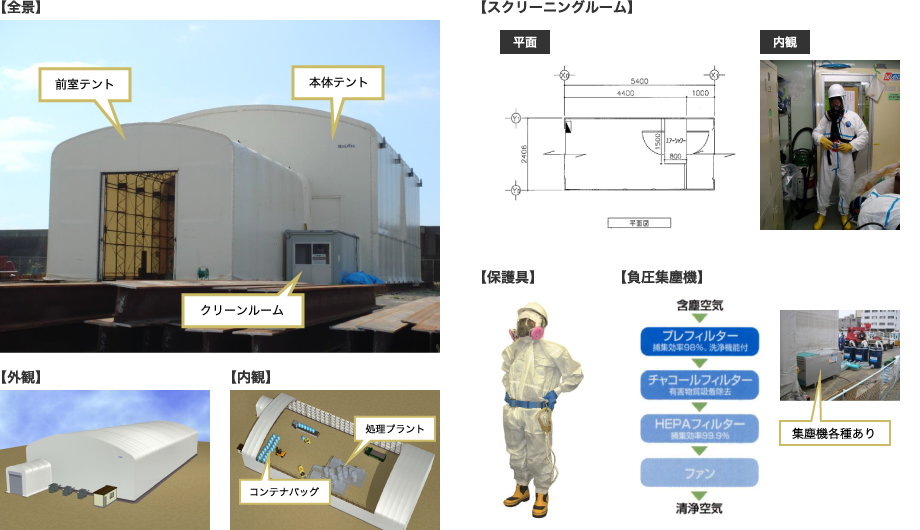
The “Hazardous Substance Dust Diffusion Prevention Tent” is a tent with a variety of environmental equipment and facilities such as screening rooms, negative pressure dust collectors, clean rooms, and front room tents to meet the needs of each site, from Level 1 to Level 3, which indicates the degree of contamination. The abundant equipment prevents fine dust of hazardous substances from dancing and diffusing into the surrounding area. This is a safe and secure tent of extremely high quality, made with the safety of workers as a top priority.
Telescopic Tents
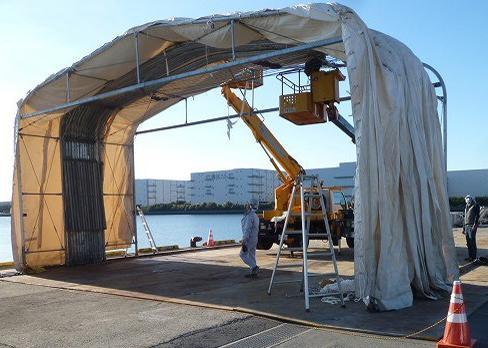
A “telescoping tent” is a type of tent in which the tent itself expands and contracts using an accordion-like structure. It features specifications that allow the size to be adjusted to suit the site and a wide opening that allows long or heavy items to be directly entered or exited by crane. Expansion and contraction of sheds can be handled manually without the use of heavy machinery, providing a high degree of flexibility and responsiveness.
Five frontage sizes are available, allowing you to choose the appropriate size for your site. Installation can usually be completed in 1 to 4 days per building, and removal can usually be completed in 1 to 2 days for rapid restoration to the current condition.
New Telescopic Temporary Tent
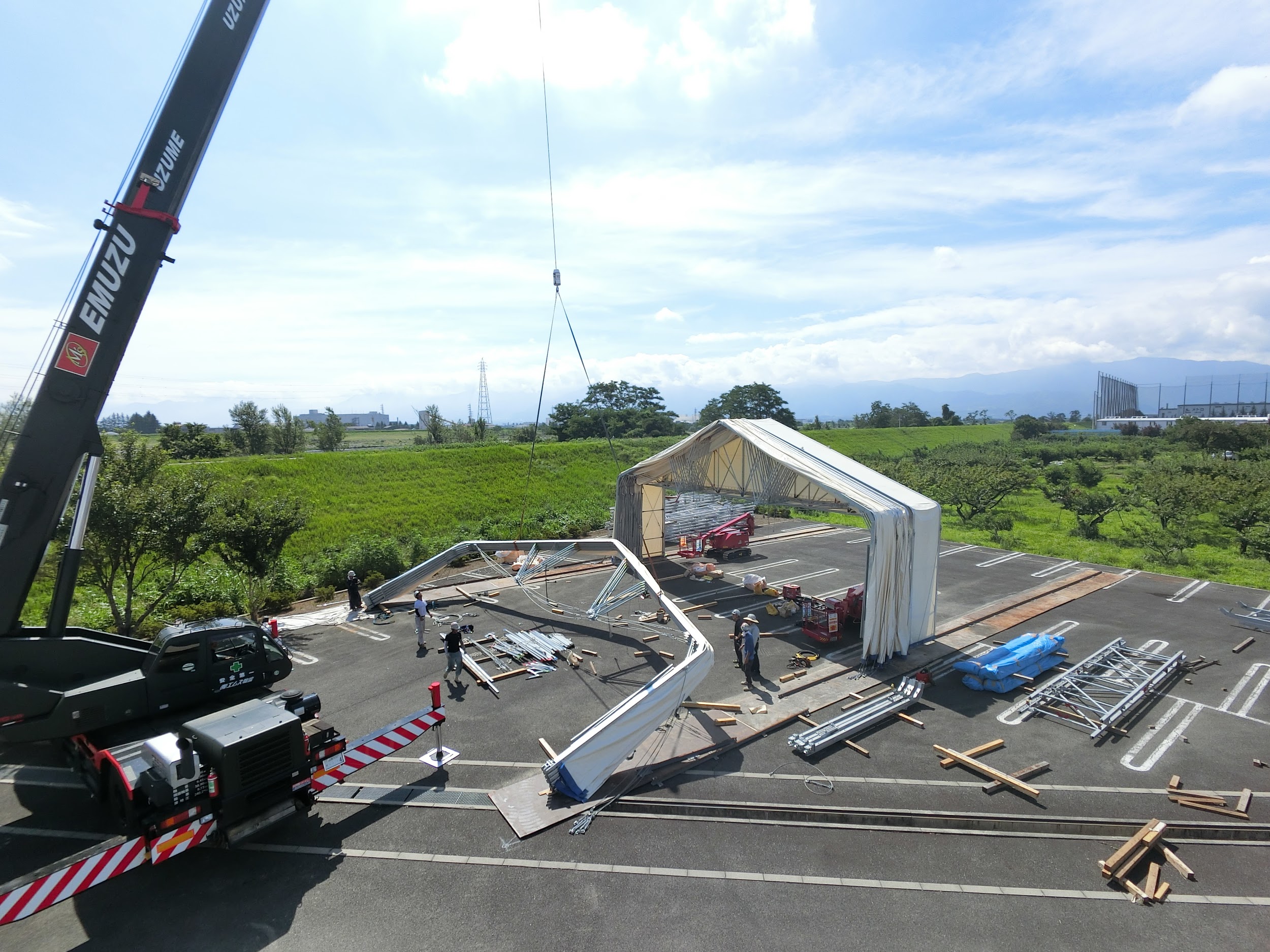
This is a “new type of telescopic temporary tent” with a structure in which the tent is inserted for each span, with telescopic specifications. The feature is that the sheds can be rented for the required area, and since the tent is inserted span by span, the dimensions in the direction of the girder can be freely set for each span (1.5m). The curtain-type opening can be fully opened by simply sliding it open for speedy loading and unloading.
Installation of the tent is simply a matter of inserting and sliding the split membrane along the guide fasteners, making it safer and easier to install than older models.
Fixed Tent
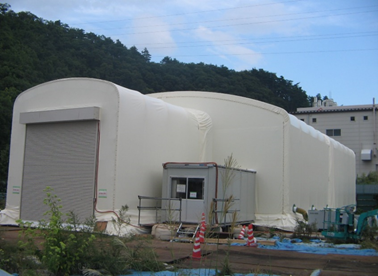
This tent is a fixed size tent that can easily provide storage space for large spaces. Although it is not as flexible in size as a telescopic type, it can store plenty of cargo thanks to its large space without intermediate pillars and a structure that allows for a 7.5-meter eave height. It can be used as a fully functional warehouse for storage and can be built in a short period of time. It is compliant with the Building Standard Law and can apply for building permits.
summary
There are various cases of contaminated soil remediation work, and the equipment required for each type of contaminant and each method to be implemented differs. Many sites require tents, so it is important to choose a tent that is convenient and safe. Tents are relatively large pieces of equipment, and some may find them cumbersome.
Taiyo Kogyo Corporation’s tents are rental-type tents with high functionality and ease of use. We have a large selection of tents for contaminated soil remediation projects, so if you need a tent for your construction site, please feel free to contact us first.
Tent Warehouseへの
Any Inquries

What you need to know when building a warehouse
We packed it all in.
Clues to solving the 2024 problem
Recommended for
I don't know where to start in building a warehouse.
I want to build a warehouse in an economical way.
Which type of warehouse should we build?
I want to learn the basics of warehouse construction anyway.
I'm concerned about the 2024 problem, but I don't know what to do about it.
Related Articles
- TOP>
- MakMax Plus>
- Tents required for soil improvement work │ Proper understanding of their types and situations of use







